
Portions of this interview first appeared in the BuzzFeed News newsletter JPG, which features behind-the-scenes exclusives from renowned photographers and our hard-hitting photo stories.
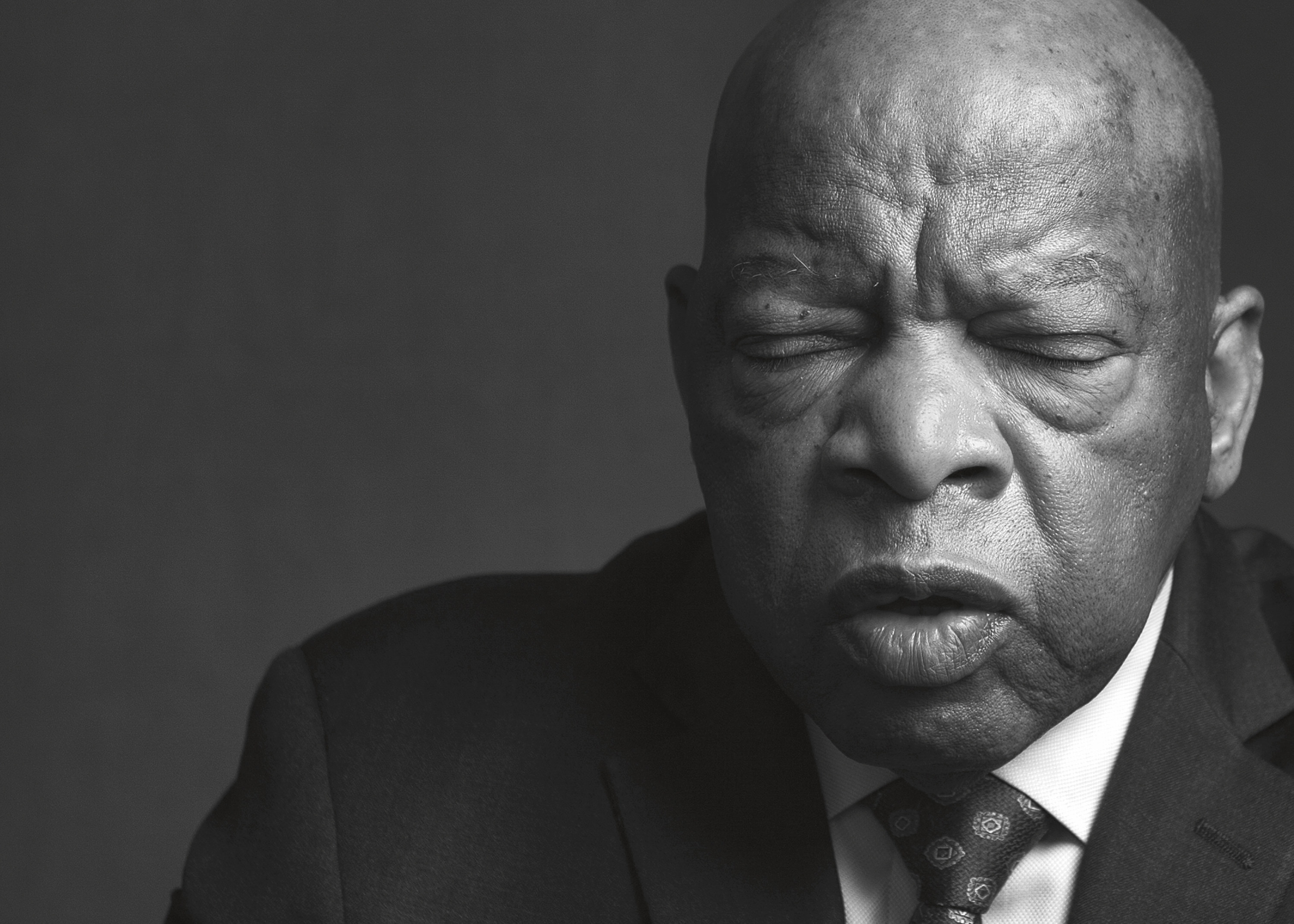
In recent years, social activism has seeped into nearly all aspects of our lives. No longer does taking a stand for a cause require a forceful display of dissidence — it can also be made in small gestures, like choosing reusable straws over plastic or sharing personal stories of survival with a hashtag on social media.
Taking note of this proliferation in activism, writer and photographer KK Ottesen set out on a journey to meet with dozens of the world's most influential activists from as far back as the civil rights movement to as recent as the #MeToo movement. Her goal was to listen and learn about what it means to stand up for what you believe in and to trace a lineage from the activists of yesterday to the groundbreaking movements of today.
Her new book, Activist: Portraits of Courage, brings together these encounters in a powerful portrait of passion and motivation. Here, Ottesen shares with BuzzFeed News some of her favorite portraits and stories from Activist, as well as her thoughts on what it takes to effect change today.
How does your book approach the history of activism in America?
KK Ottesen: It's an incredibly polarized time right now in the country, and there have been a lot of upsetting things happening in the last several years. As our national dialogue has gotten more and more poisoned, I realized that we aren't really listening to each other when we share our perspectives.
With this in mind, I thought it would be great to talk with activists from across the ages. Not just people who were recently active, but all the way back to civil rights pioneers. These are people who are still living and could shed some light on how this moment compares to others and why they got involved in the first place.

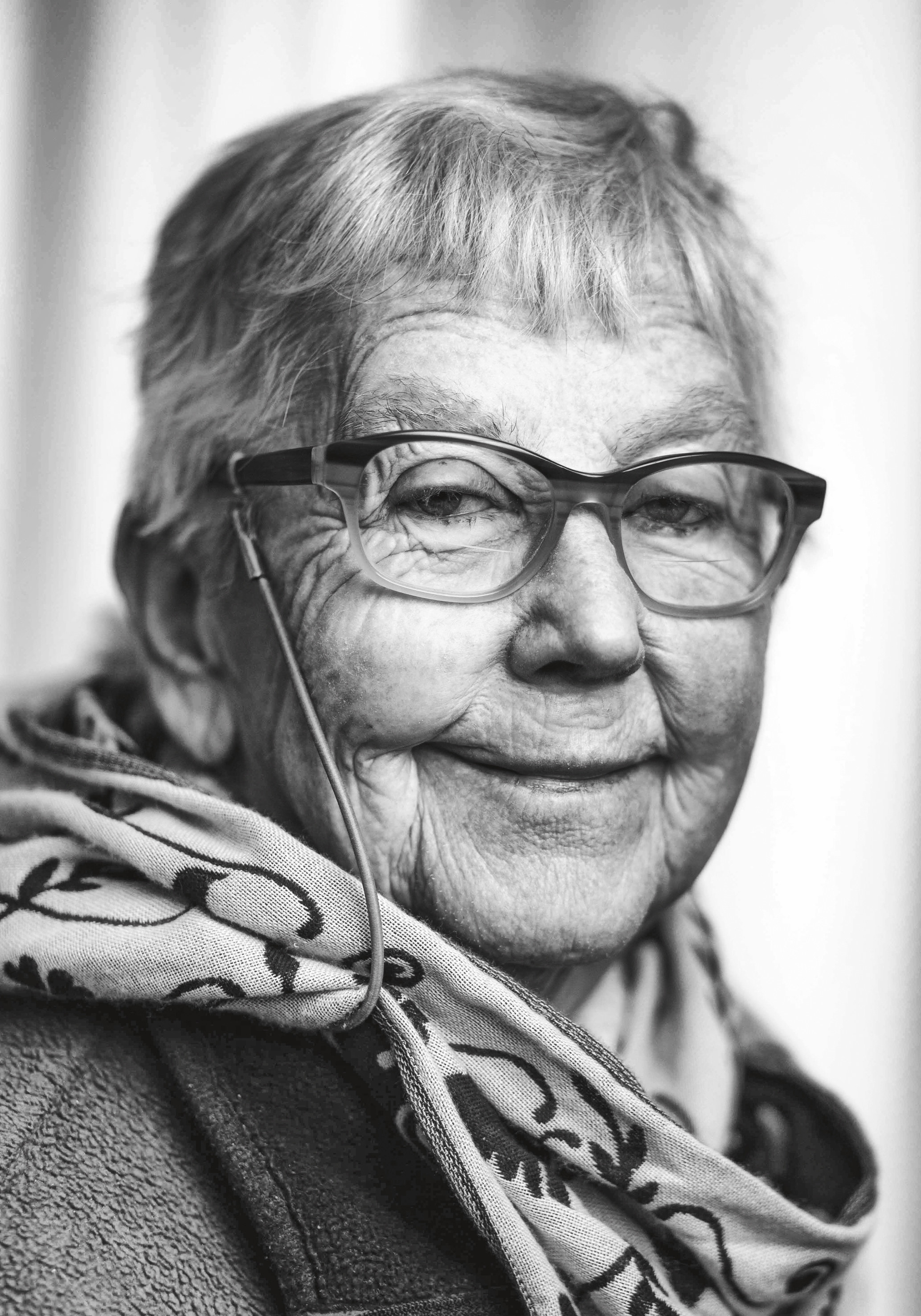
Some of the questions I sought to answer were: What does it take to be an activist? Who becomes an activist and why? What is it that compels these individuals to get up and do something? Whether they're progressive or conservative, what is it that makes a human being decide that they can't accept the way things are and they have to change it — or at least try?
The reality is that a lot of us would most likely throw up our hands and shout, “Ugh! This is terrible!” So you have to have a sense of agency, and this is something that I found among the activists — the sense that if you do something, things can and will eventually change. What's so interesting about that is many of these activists had some experience when they were young — 8, 10, 12 years old — that gave them their first taste that they could do something and effect real change.
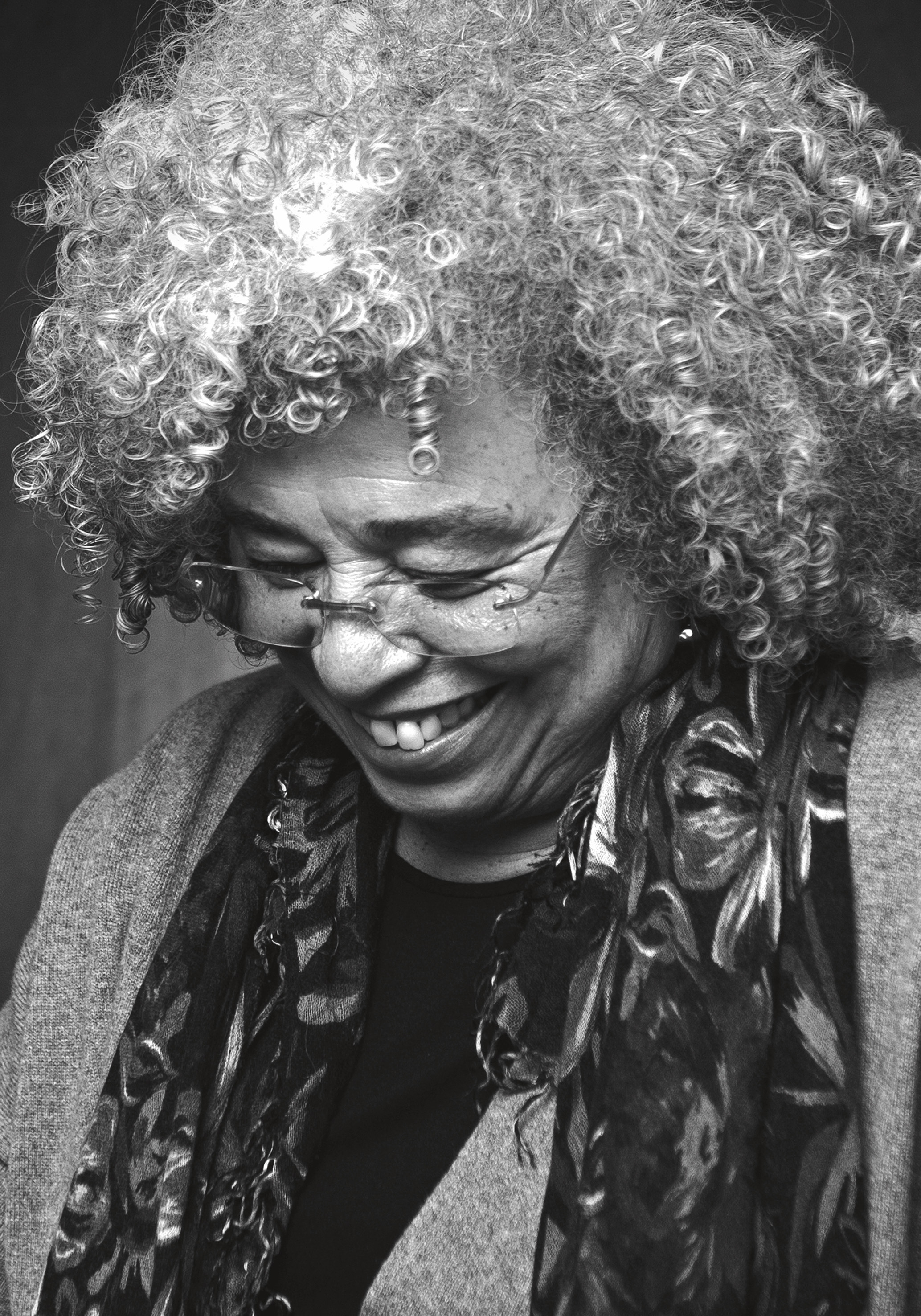
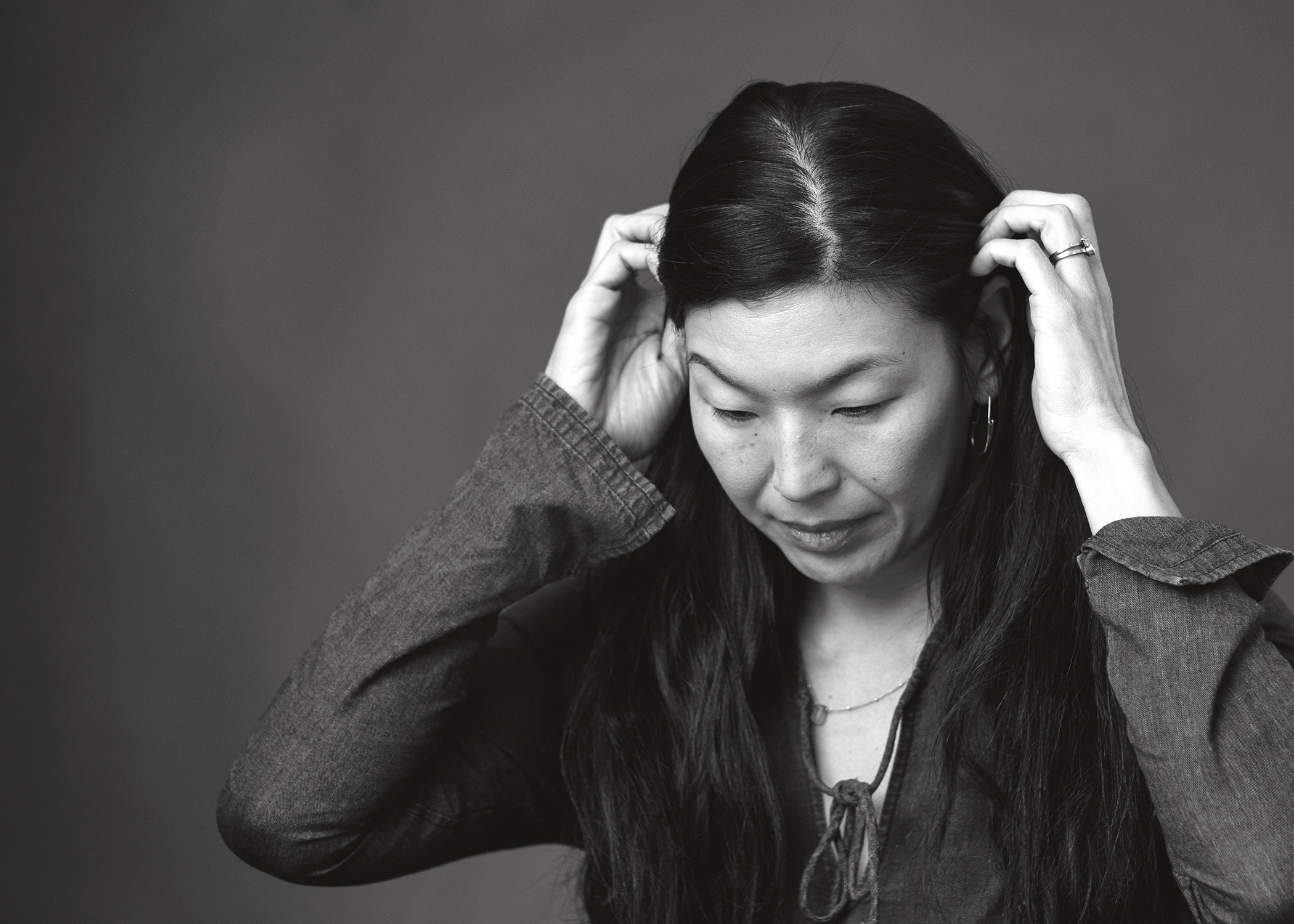
That's an interesting commonality between these activists. Was there a certain personality trait that these activists shared?
KO: That was part of my question when I was starting this project. I went in thinking I was going to meet these strong, strident personality characters — and some of them are, for sure! But I'd also say that many of these activists are also thoughtful, reflective, and not the loud, in-your-face stereotype.
I also think that to be an activist, you have to be somebody who shares some sort of optimism if you're going to fight these huge fights and think that things are going to get better. You have to have optimism, humanity, and love.
Is there a particular story of activism that stood out to you?
KO: The story of Bonnie Raines. Raines, her husband, and a couple of other people were professors in Philadelphia and in the peace movement in the early ’70s. They knew that J. [Edgar] Hoover's FBI was spying on peace activists, as well as the Black Panthers, but they couldn't prove it. So they decided the only way they could prove this was to break into an FBI office and take the files, which was what they did! Their actions blew the lid on the whole operation and proved that the FBI was illegally spying on American citizens.

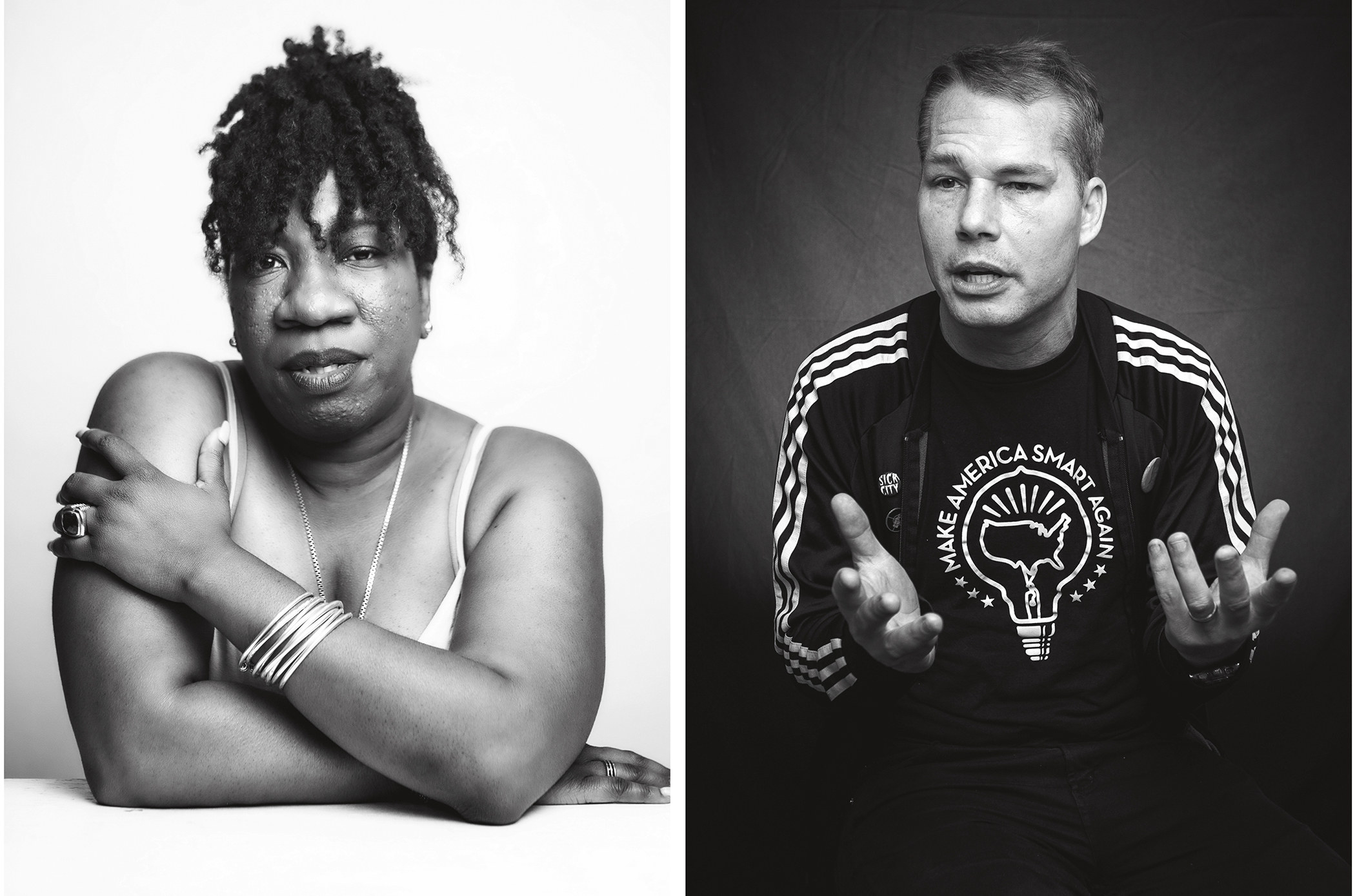
It's so incredibly bold, but they were also very careful about it. The Raineses had three young kids at home that were under 10 at the time. I just can't imagine these risks, but they also felt strongly that they had to do something. So they did it quietly, and then they slipped back into their lives under the radar. Nobody knew about their actions for 40 years. The FBI had hundreds of agents looking for them, and the Raineses never told anybody what they did. There are probably so many stories like this that we'll never know.
Do you consider your book to be a form of activism?
KO: I wanted to do something that was useful at this moment and to contribute to the conversation using whatever tools I had at my disposal, which were writing and photography. I also wanted to do it in such a way that it allowed us to see into the activists as individuals and as human beings, stripping away all the labels around them.
It's my hope that if we are able to see these activists as relatable human beings, then we can begin to listen to each other and maybe repair this frayed discourse if we're going to move forward.
Many of the photos are intimate and meant to take you very close to the person, as if you're sitting down and talking to them face-to-face. I often use black and white for my photographs as well because for me it's a great way to strip away a lot of the noise and to feel like you're focusing on the expressions and having a real interaction.
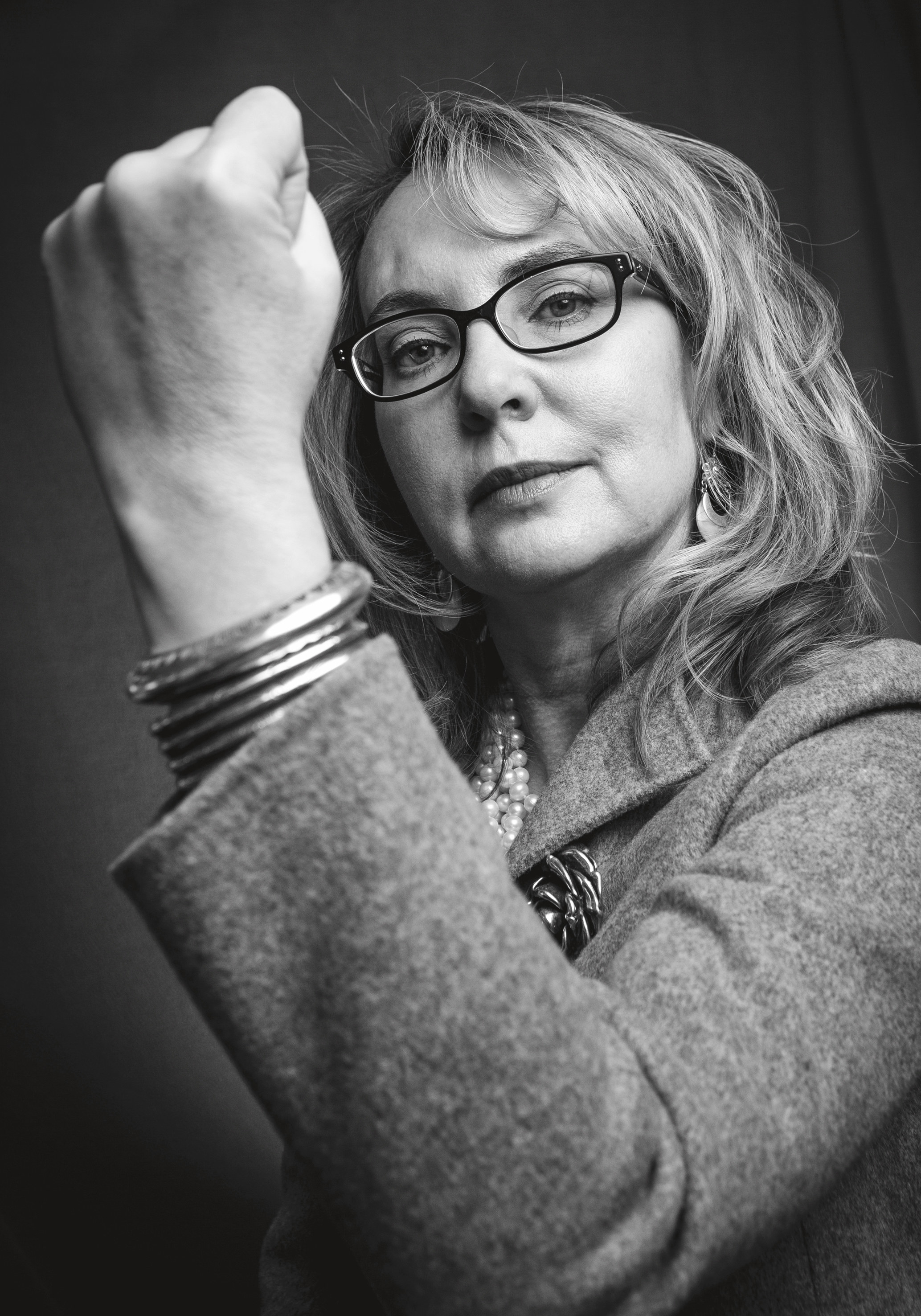
Have any of these encounters had a lasting impact on you?
KO: One of my very favorite quotes is from [Rep.] John Lewis. He was talking about when he was attacked by the Klan when he was a Freedom Rider. One of the former Klan members who had attacked him came to visit his office many years later. The man had his son with him and said, “Look, Congressman Lewis — it was me who beat you. Will you forgive me?” John Lewis embraced this man and forgave him. It's very beautiful, this ability to forgive and love despite everything.
John Lewis later explained that one of the key principles he learned during his nonviolence training was that no matter if you're being kicked and on the ground — sorry, it's hard for me to say this without crying — you try to make eye contact with them so that you never let the person who's hurting you forget your humanity.
That's the whole point: recognizing humanity in each other. The idea of trying to hear each other, forgive each other, and listen. That's what I hope comes out of this project and what so many of these activists said in such beautiful ways.

